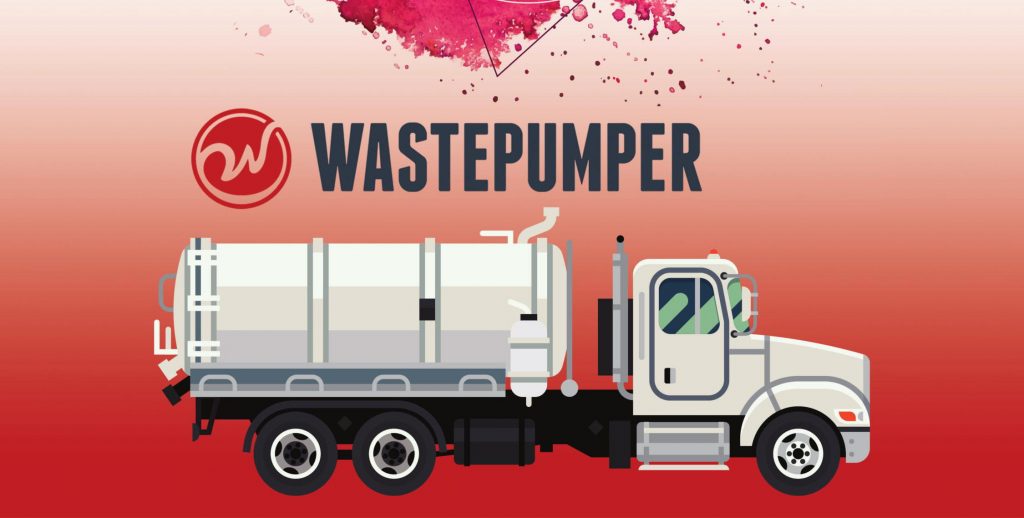About 46,000 nuclear weapons were produced during the Cold War era, leading to tremendous volumes of acidic radioactive liquid waste seeping into the environment. A new study suggests yeast as a potentially safer and more cost effective way to help clean up these radioactive waste sites.
The study, “Prospects for Fungal Bioremediation of Acidic Radioactive Waste Sites: Characterization and Genome Sequence of Rhodotorula taiwanensis MD1149,” was published in Frontiers in Microbiology in January.
The team of scientists at the Uniformed Services University of the Health Sciences (USU) found that one red-pigmented yeast, Rhodotorula taiwanensis MD1149, is extremely resistant to acute and chronic forms of gamma radiation, heavy metals and acid. These characteristics are essential for bioremediation, which is the cleanup of environmental wastes using microorganisms.
The team examined 27 yeasts isolated from diverse environments, testing to see how each was suitable for bioremediation under highly radioactive and acidic conditions. The yeast Rhodotorula taiwanesis strain MD1149 was found to be the most resistant to acid and gamma radiation.
After subjecting this microorganism to whole genome sequencing, they discovered that it shares resistance traits with Deinococcus radiodurans, a radiation-resistant bacterium which USU researchers have been engineering for bio-remediation since 1997.
Enjoying our insights?
Subscribe to our newsletter to keep up with the latest industry trends and developments.
Stay Informed“Dr. Daly previously published a number of papers on potential use of genetically engineered Deinococcus bacteria for clean-up of radioactive wastes, but many of the sites are too acidic and do not support growth of this extremophile. In this collaborative study, we showed that yeasts are far better suited when it comes to acid and heavy metals,” according to USU adjunct assistant professor of Pathology Dr. Rok Tkavc, the study’s first author and a Henry M. Jackson Foundation for the Advancement of Military Medicine contract staff scientist at USU. Moreover, Tkavc said, “MD1149 can attach to surfaces such as rocks and sand, thereby slowing migration of pollutants into the environment. Our findings now offer an alternative strategy to other more expensive and dangerous clean-up approaches.”
This work was funded by U.S. Department of Energy grants to Lawrence Livermore National Laboratory under Contract DE-AC52-07NA27344, and to the Uniformed Services University of the Health Sciences under Contract DE-NA0002322/0006. Additional support was from the Defense Threat Reduction Agency (HDTRA-18774-M), the Slovenian Research Agency (BI-US/12-13-003, BI-US/14-15-009, Infratructural Centre Mycosmo, MRIC UL), the National Human Genome Research Institute (Gene Ontology Consortium P41, grant 5U41HG002273-14), and EMBL-EBI (core funds).
About USU
The Uniformed Services University of the Health Sciences (USU), founded by an act of Congress in 1972, is the academic heart of the Military Health System. USU students are primarily active-duty uniformed officers in the Army, Navy, Air Force and Public Health Service who receive specialized education in tropical and infectious diseases, TBI and PTSD, disaster response and humanitarian assistance, global health, and acute trauma care.
A large percentage of the university’s more than 5,800 physician and 900 advanced practice nursing alumni are supporting operations around the work, offering their leadership and experience. USU’s graduate programs in biomedical sciences and public health are committed to excellence in research and oral biology. The university’s research program covers a wide range of clinical and basic science important to both the military and public health. For more information, visit www.usuhs.edu.




















